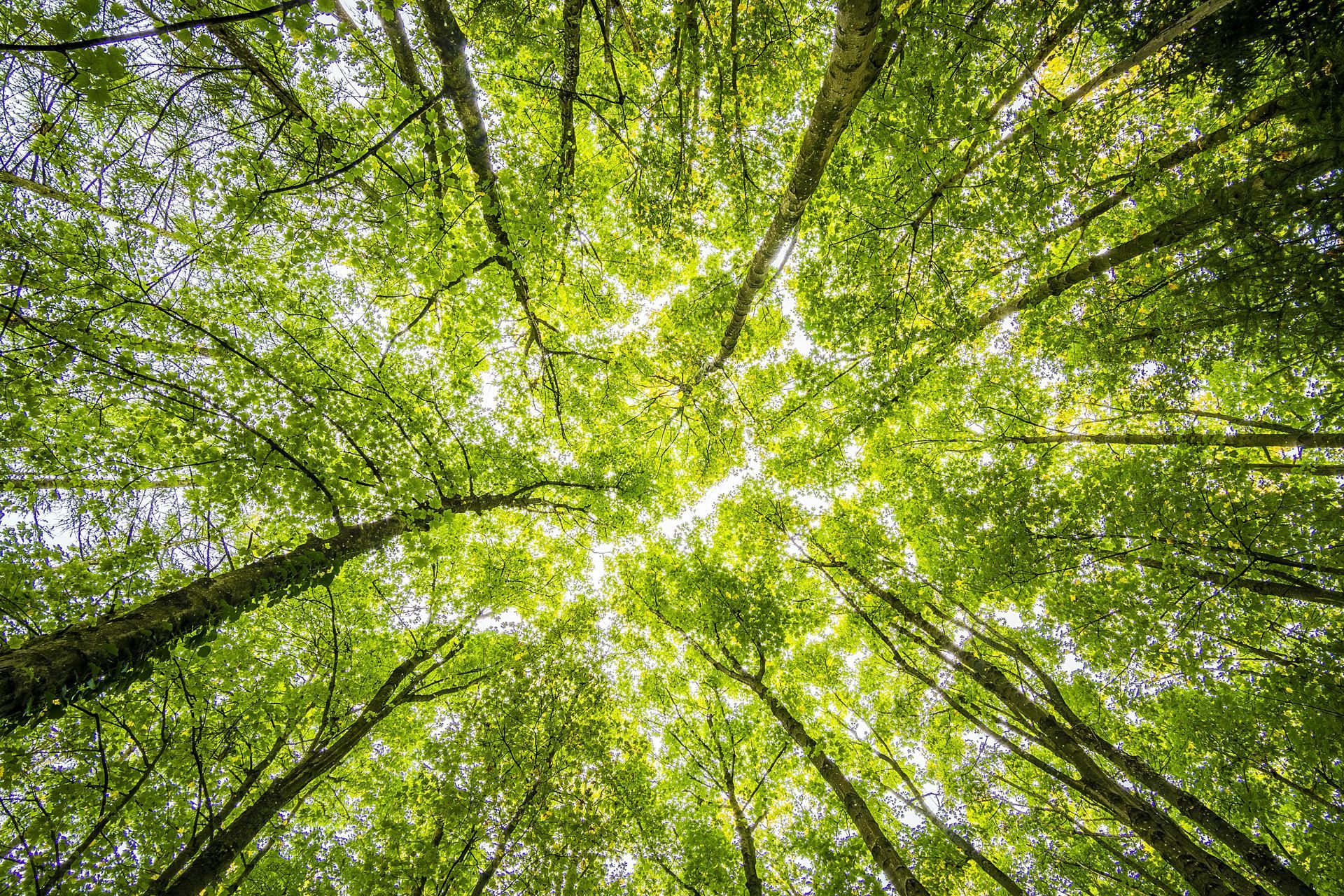When Is It Time to Remove A Tree?
When Is It Time to Remove A Tree?
The natural beauty of a tree can enhance the appeal of a yard or pull an outdoor area together. To someone who does not know how to read the health of a tree, it could be a catastrophe in the making. The most common course of action for maintaining a tree is to take mitigative steps to prevent a removal from taking place. What this means is that removing a tree is often what occurs when no other options are afforded to homeowner.
Ignoring the telltale signs of a dying or deteriorating tree can lead to a multitude of damage costs, not to mention a disaster of medical bills related to personal injury or property damage. There is a light at the end of the tunnel for those who have large trees because there are clear signs that a tree will show if it is in a weakened state. So how can you tell when it is time to remove that old glory from your outdoor area? Read on to figure out what to keep your eye on.
At What Point Should I Contact a Tree Care Professional?
Here are indicators that a tree is nearing the end of its road and has an imminent removal in its future:
- The trunk is leaning or yawing further beyond a natural bend. Although this is not the most telling sign of a weakened tree, it is often an indication that the foundation may be in a compromised state. A tree will have a natural sway caused by wind and weight distribution, but excessive leaning is the culprit to watch out for.
- Dying or decaying limbs around the crown of the tree. For various reasons, experienced arborists recommend that once a tree is over fifty percent dead is damaged or decayed that the tree be removed. When branches are attached to a half dead tree, they become susceptible to becoming a widow-maker branch because they can fall on unsuspecting bystanders.
- The trunk of the tree is hollow. A trunk with no volume is in its most compromised state. This is often the sign of undernourishment and infection. A general rule of thumb is that if thirty percent or more of the root system or trunk is hollow, immediate removal is needed.
- Cracks and gashes in the tree trunk. Internal compromise will often show its ugly face overtime and begin to show outwardly the damage being caused. Openings, tears, splits, and gashes are the result of internal deterioration. While this is not an imminent cause for concern, the severity of the damage must be evaluated by a licensed arborist. Some healthier and sturdier species will be able to stand with a small amount of internal rot, but the truth remains that it is only a matter of time before the tree falls.
- Infection and sprouts are plaguing the body of the tree. When a tree undergoes coppicing or pollarding (which is an arborists way of saying ‘when it tries to regrow itself’) it creates epicormic shoots. These are the acne of a tree. Like a stressed-out high school student that breaks out in acne, trees under stress will develop epicormic shoots as a response to over-pruning or natural pressures like wind, snow, rain, etc. These indicate that a professional consultation will be needed to determine the best plan of care.
- Proximity to valuables or property is too close. For best practice, safety protocol calls for at least 25 feet of distance between a tree and any structure. If proximity is any closer, regular trimming or pruning will need to be scheduled. If you have any reservations about a nearby tree body, always consult a tree care doctor before making a final decision.
For further curiosities, our licensed arborist is on standby to answer any tree care questions you may have. Aurora Tree Service offers a no-hassle free estimate on any tree care service. Call our number today to learn more about our outstanding tree related options.



